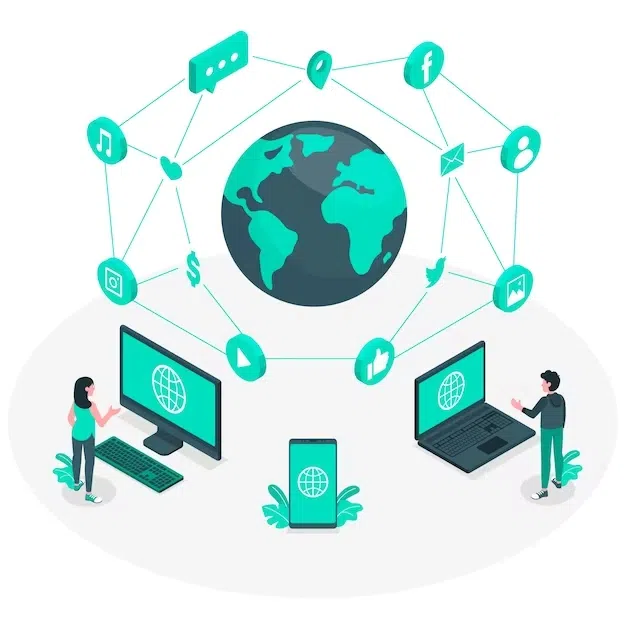Introduction
In today’s digital era, where data rules and seamless connectivity is the norm, cloud computing has emerged as a driving force behind technological innovation and business transformation. From individuals to enterprises, the cloud has revolutionized the way we store, process, and access information. This blog aims to demystify the concept of cloud computing, explore its benefits.
What is Cloud Computing?
In its simplest form, cloud computing refers to the delivery of computing resources and services over the internet, offering on-demand access to a pool of shared resources such as servers, storage, databases, software, and applications. Rather than relying on local infrastructure, cloud computing enables users to leverage remote servers and networks, providing scalability, flexibility, and cost efficiency.
Types of Cloud Computing
Public Cloud:
Public cloud services are provided by third-party vendors, and the infrastructure is shared among multiple users. It offers a cost-effective solution for businesses of all sizes, as they only pay for the resources they utilize.
Private Cloud:
Private cloud infrastructure is dedicated to a single organization, either hosted internally or by a third-party provider. It offers enhanced security and control, making it an ideal choice for companies with strict data privacy and compliance requirements.
Hybrid Cloud:
A hybrid cloud environment combines the features of both public and private clouds, allowing organizations to leverage the advantages of both models. It offers greater flexibility and scalability, enabling seamless integration between on-premises infrastructure and public cloud services.
Benefits of Cloud Computing
Scalability and Flexibility:
Cloud computing enables businesses to scale their resources up or down on-demand, allowing for agility and flexibility in meeting changing business needs. It eliminates the need for investing in costly hardware upgrades and infrastructure maintenance.
Cost Efficiency:
By moving to the cloud, organizations can significantly reduce capital expenditure on hardware, software licenses, and maintenance. Cloud services operate on a pay-as-you-go model, where users only pay for the resources they consume, resulting in cost savings and predictable budgeting.
Increased Collaboration:
Cloud computing fosters collaboration by providing a centralized platform for teams to access, share, and collaborate on documents and files in real-time. This enhances productivity, improves communication, and streamlines workflows across geographically dispersed teams.
Enhanced Security:
Leading cloud service providers invest heavily in robust security measures, ensuring data encryption, access controls, and regular backups. Cloud infrastructure often offers better protection against data loss or breaches than traditional on-premises solutions.
Disaster Recovery and Business Continuity:
It facilitates automated backup and disaster recovery solutions, enabling organizations to quickly recover data and resume operations in the event of a system failure, natural disaster, or other disruptive events.
Cloud Computing in Various Industries
Healthcare:
It has transformed the healthcare industry by facilitating secure storage, accessibility, and sharing of patient data across multiple healthcare providers. It enables remote patient monitoring, telemedicine, and facilitates the development of advanced medical applications powered by artificial intelligence and machine learning.
Education:
Cloud-based platforms have revolutionized education by providing access to e-learning resources, virtual classrooms, and collaborative tools. It enables students and educators to access educational materials from anywhere, anytime, fostering personalized and interactive learning experiences.
Finance:
Cloud computing offers the financial sector cost-effective and scalable solutions for data storage, processing, and analysis. It enables the development of innovative fintech applications, improves customer experience through personalized banking services, and enhances security and compliance in financial transactions.
Entertainment:
Streaming services like Netflix, Spotify, and YouTube heavily rely on cloud infrastructure to deliver media content to millions of users simultaneously. Cloud computing provides the necessary scalability and performance to handle
For more updates stay with boardofjobs.com



